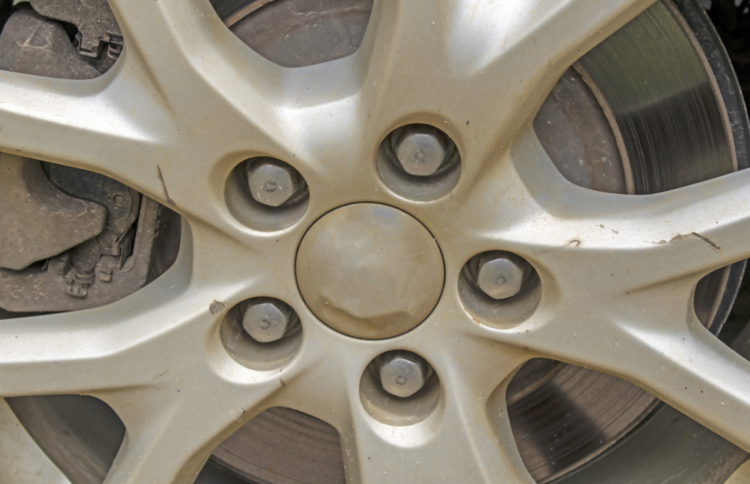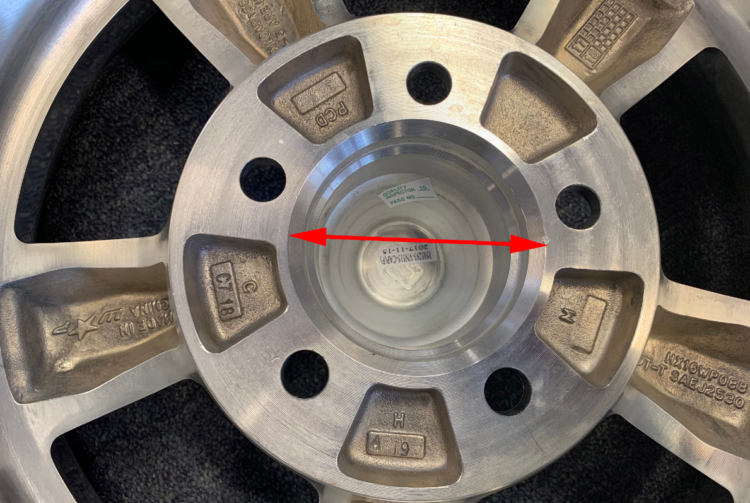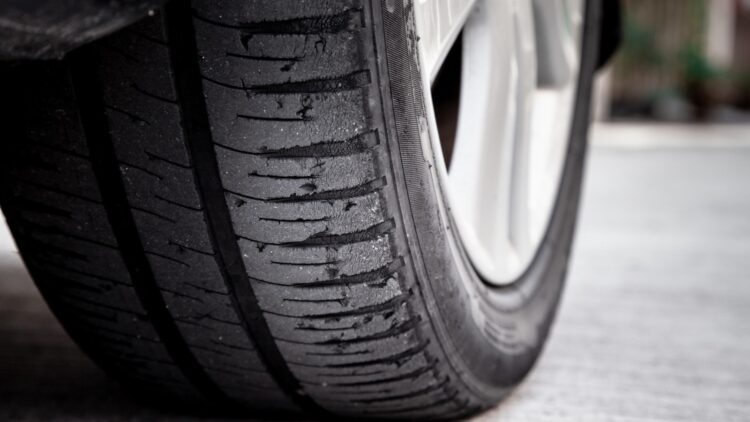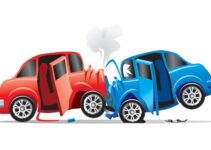Swapping wheels between vehicles can be a relatively straightforward process, but several important factors must be considered before attempting it. The most crucial point is to make sure that the wheels being swapped are compatible with the new vehicle by checking their size, bolt pattern, and offset.
This applies even to vehicles of the same make or even model since the manufacturing year can throw in some variety. Cars made a few years apart can have vastly different specs and features, from the trim level to performance capacities, safety ratings and load.
Even seemingly innocuous incompatibilities between wheel size, shape and material can cause major damage over time to the wheels, tires, brakes and other components of a car. Not to mention the potential for compromised safety due to unbalanced suspension and abnormal fatigue in essential areas of the vehicle. This can lead to instability, threatening driver and passenger safety at highway speeds or on off-road terrain. Drivers need to know whether their wheels match their vehicles’ specifications and to correct any mismatches as soon as possible.
Page Contents
Interchangeable Wheels Checklist
Before you decide to swap wheels between vehicles, make sure to pay attention to these factors:
1. Bolt Pattern

Source: tireagent.com
When a vehicle transitions from front-wheel drive to rear-wheel drive or body-on-frame to unibody structure, it will often come with changes in bolt patterns and other features. This means that drivers may need to purchase accessories specifically made for the revised model of their car, as parts used in earlier versions may not fit or work properly.
If you are adamant about swapping wheels between different vehicles with mismatched bolt patterns, there is a way to make them fit well. Wheel adapters can be a little controversial, but they do their job if installed correctly.
2. Rim Size
When contemplating a wheel swap, ensuring the rim size corresponds with that recommended for your vehicle is essential. If they are not equivalent, you should talk to an expert before making any changes, as slight adjustments may be possible in some cases. However, these modifications must always be completed carefully and with the counsel of a specialist.
3. Hub Bore

Source: northhantstyres.com
OEM wheels are designed to fit perfectly on the hub of a vehicle’s axle, ensuring accuracy and preventing any kind of vibrating movement. Many modern cars feature hub-centric wheels that fit snugly around the hub and center it properly. On the other hand, lug-centric wheels have openings in their centers that are larger than the size of the hub and require lug nuts or studs to center it correctly before mounting.
4. Offset & Backspacing
When looking to interchange wheels between different vehicles, wheel offset and backspacing are important factors to consider. The wheel offset is the distance from the centerline of the wheel to its mounting surface, while backspacing is the measurement from the hub mounting surface to the back edge of the wheel.
If these measurements are incompatible with a vehicle, the wheels may not fit properly and could cause damage to suspension, brake components, and bodywork. Incorrect offset and backspacing can also lead to issues with steering and handling, which can harm performance and safety.
5. Load Capacity
When switching wheels between different vehicles, you must take the load capacity into consideration. The load capacity of a wheel will determine how much weight it can handle safely. If the load capacity is not compatible with the vehicle’s weight, the wheels may crack or fail and lead to a potential safety hazard on the road, particularly when driving at high speeds or carrying heavy loads.
To ensure a safe and efficient interchangeability of wheels, make sure that the load capacity of your chosen wheels matches or exceeds your vehicle’s weight, as recommended by manufacturers’ specifications.
6. Tires

Source: kbb.com
The size, aspect ratio, diameter, and type of the tire must match the wheel and vehicle’s original specifications to ensure a secure fitment as well as proper clearance in the wheel well. This is also necessary to preserve speedometer accuracy and avoid compromising overall vehicle performance.
Conclusion
Understanding your vehicle’s specifications is critical when swapping wheels between cars. The right information can make all the difference in choosing the appropriate wheels, whether they need to be original or aftermarket. With the correct knowledge and know-how, you can choose the ideal wheels with confidence.





